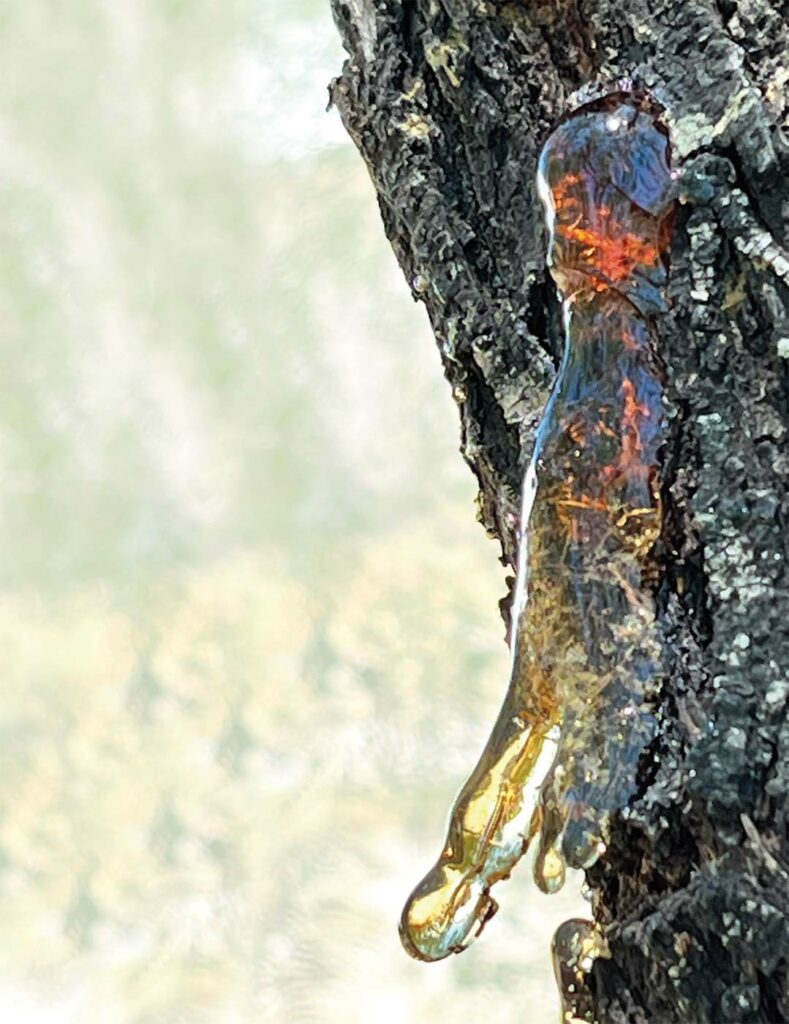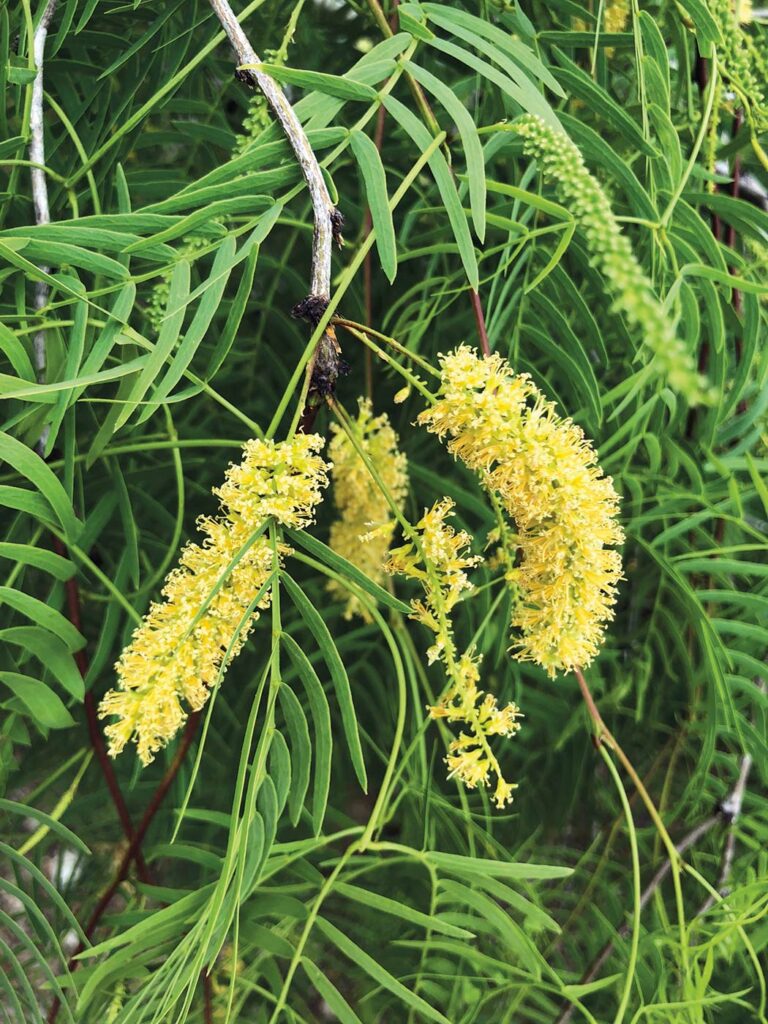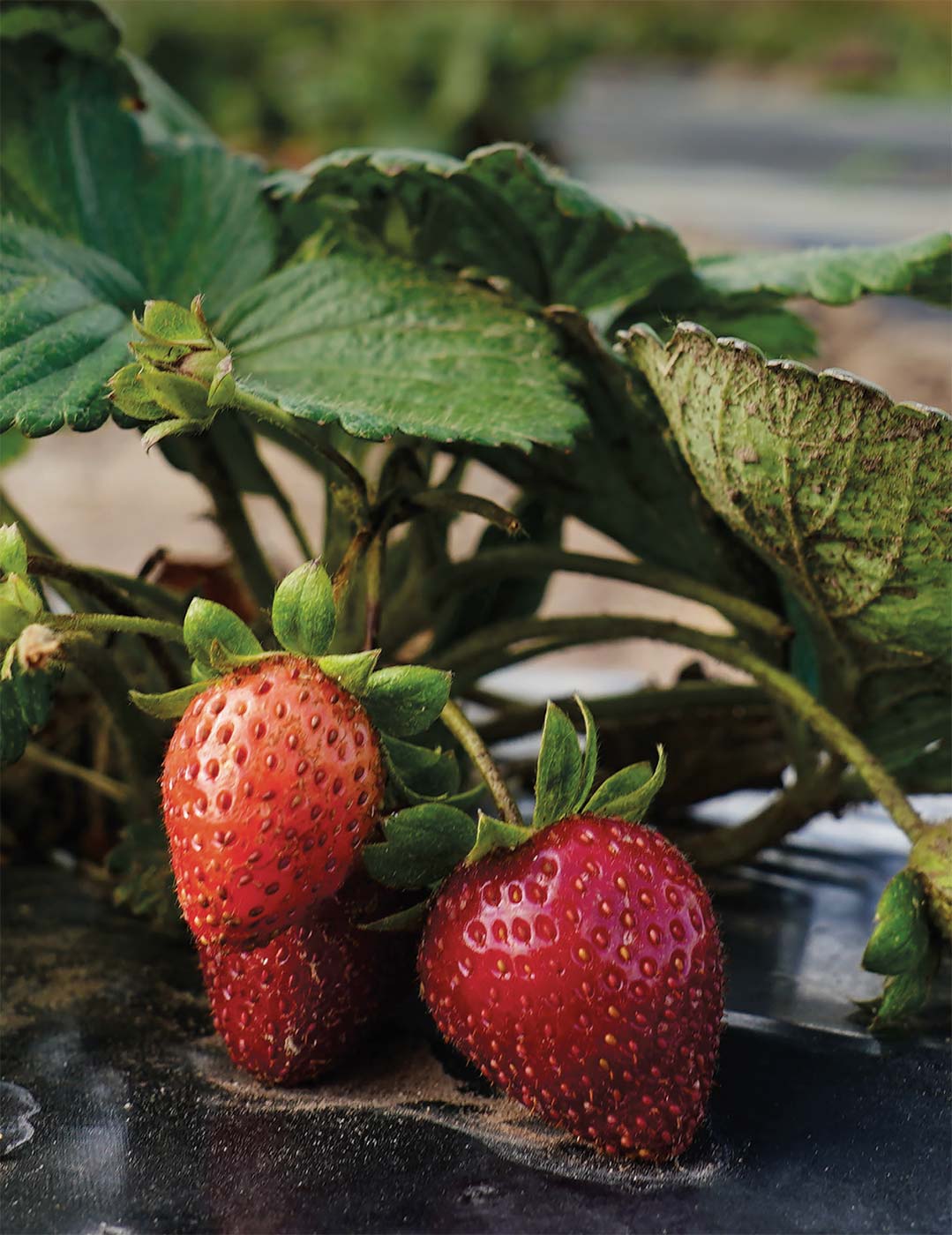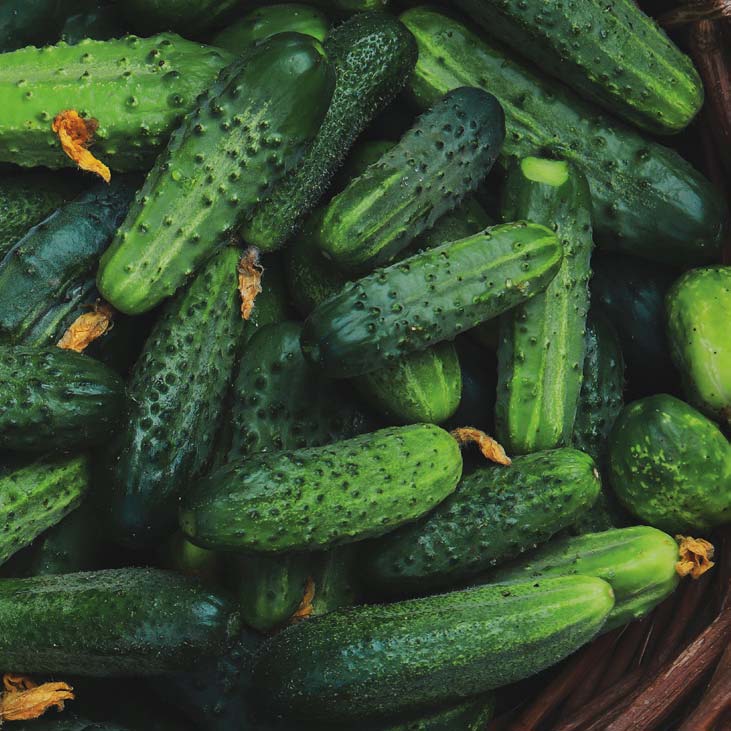
From Shade to Seeds, Fruits of the Ubiquitous Mesquite Tree
There is no other tree in South Texas as iconic as the mesquite tree. Without mesquite tree shade, our Rio Grande Valley temperatures would be unbearable. Without mesquite wood, our South Texas carne asadas wouldn’t be famous. Without sweet, starchy mesquite seed pods, the tribal clans of the Rio Grande delta would not have thrived.
Perhaps I am going out on a limb (pun intended) but I believe everyone who lives in the Valley has a personal mesquite story. My personal mesquite story involves a pony that I used to ride when I was a kid. The only way I could catch this pony was by tempting her with sweet mesquite beans. One day I went for a ride, and the pony figured out I hadn’t brought any mesquite beans, or seed pods, with me. She dumped me on a caliche road and trotted back home for dinner.
Within the region covered by area code 956, whether we live in the country or in town, a mesquite tree is always within sight. Our local variety of mesquite tree is known scientifically as Prosopis glandulosa or honey mesquite. Because of the seed pods that grow on the tree, the honey mesquite is classified in the Fabaceae family of flowering plants, which means it is a legume.
“Within the region covered by area code 956, whether we live in the country or in town, a mesquite tree is always within sight. Our local variety of mesquite tree is known scientifically as Prosopis glandulosa or honey mesquite.”

I have often wondered about mesquite tree population in the Rio Grande Valley before our area was colonized by Spanish settlers. Some experts theorize that the prehistorical Valley was a vast semi-arid grassy plain and that the arrival of colonial cattle herds caused a proliferation of mesquite trees. Back in the days before ranch fences were built, cattle ate mesquite beans and left mesquite seeded piles of fertilizer wherever they roamed.
Other archeological source books insist that the Valley was covered with dense mesquite forests, which gave us abundant wildlife. So which theory is correct? Before the colonists arrived, did the Valley have a lot of mesquite trees or a few? I decided to ask Benito Treviño, who, along with his wife Toni, owns Rancho Lomitas Native Plant Nursery in Starr County and is an expert on South Texas native plants.
“I believe there were dense motts of mesquite trees while other areas of the Rio Grande Valley remained as grassy plains,” says Treviño. “The landscape varied depending on where you were.”
Treviño shares how his college ecology professor had his students collect information about mesquite trees in the region, which he amassed for decades. “Eventually he discovered multiple trails of non-local mesquite trees that marked the historical routes taken,” relays Treviño. “Even though there was no evidence of colonial trails left by the settlers, the mesquite trails left by the cattle clearly marked their northward routes.”
When he was a child, Treviño’s family harvested mesquite beans on their ranch in Starr County. They roasted the beans on fires they built in sandy locations. “The fires were managed and formed into circles,” he explains. “Once the fires burned to embers, the mesquite beans were added to the circle. The embers warmed the sand, which in turn gently roasted the mesquite beans.”
Gooey, amber-colored sap naturally weeps from the bark of the honey mesquite, which was of great use to the Indigenous tribes of the Rio Grande Delta. The sap, called chahuite, can be used as an adhesive or binding agent. I heard that tribes used chahuite as a glue when making hunting arrows. Also, Treviño says, tribes used the burnt pulverized bark of the mesquite tree mixed with chahuite for marking their skin. “I tried it on my face one time to see how long it would last,” he says with a chuckle. “After three days the marks started to break up, and I washed them off after five days.”
Treviño has visited Indigenous dwelling sites where stone mortars had been carved into boulders. He assumes these mortars were used for making mesquite flour by the tribes. “I was amazed how quickly and efficiently these prehistoric mortars could grind mesquite beans,” he says. “It was so much faster than my electric food processor.”




